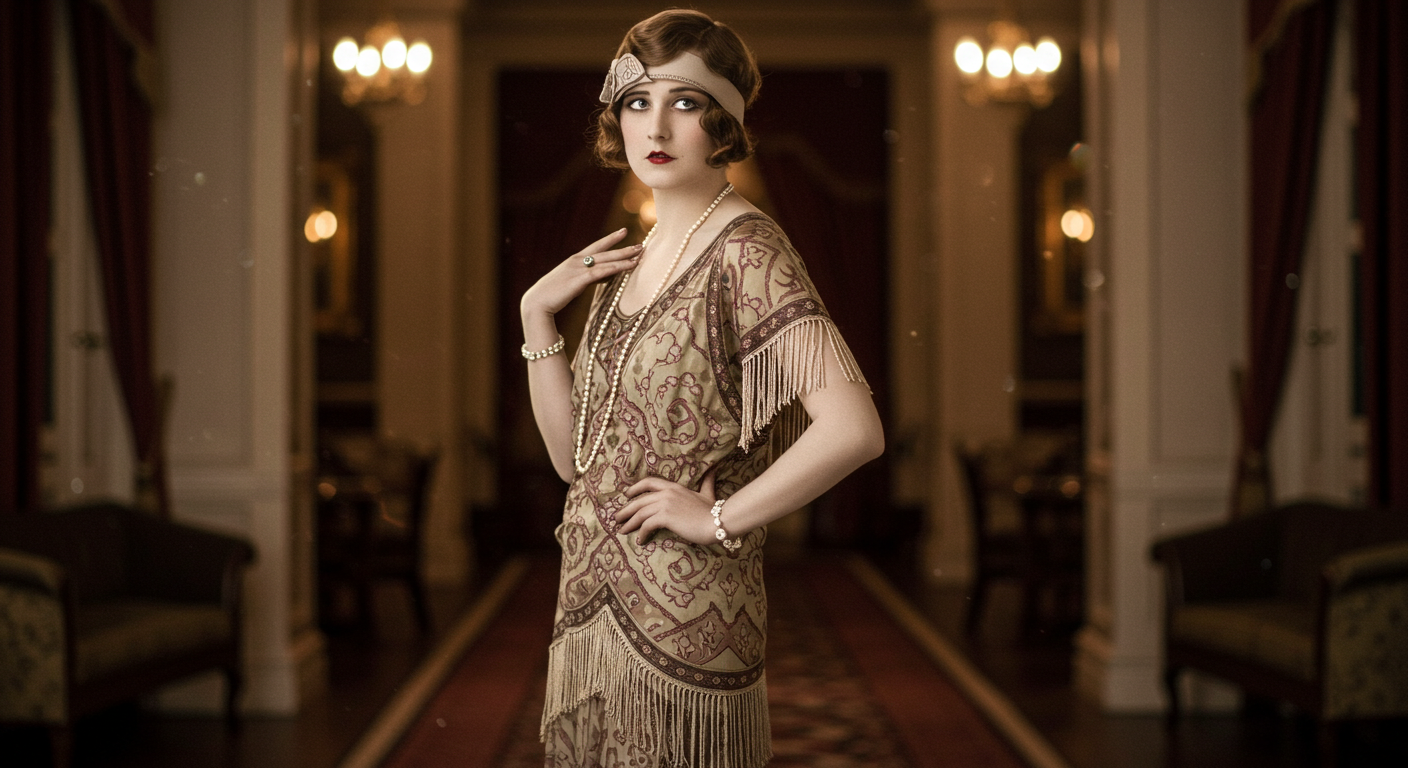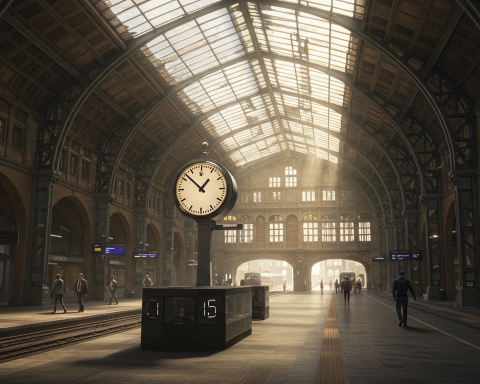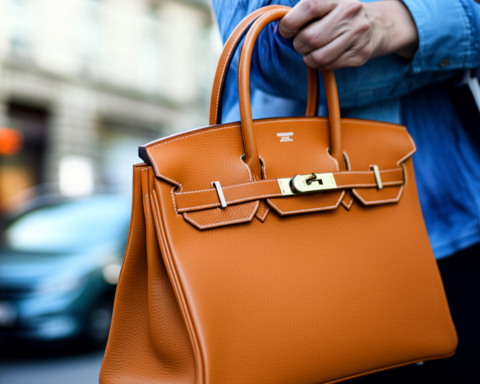The Roaring Twenties: a decade of jazz, rebellion, and unprecedented social change. It was an era that shattered old conventions and birthed the “New Woman,” and at the glittering, often tumultuous, heart of this transformation was Zelda Fitzgerald. More than just the wife of celebrated author F. Scott Fitzgerald, Zelda was a novelist, a dancer, a painter, and, crucially, the embodiment of the “flapper” – a style icon whose audacious spirit and fashion choices not only defined her time but continue to cast a long, shimmering shadow over our appreciation of 1920s vintage fashion. She didn’t just wear the clothes; she was the Jazz Age, carrying its exhilarating, and sometimes tragic, dust into the annals of style history.
The Emergence of the “First American Flapper”
Before Zelda, the term “flapper” was evolving, but she arguably crystallized its image for America and the world. F. Scott Fitzgerald famously dubbed her “the first American Flapper,” and it was a title she wore with unapologetic flair. Born Zelda Sayre in Montgomery, Alabama, she was a Southern belle with a wild streak, a restless energy that chafed against the demure expectations of her upbringing. Her marriage to Scott catapulted them into the New York social scene, where their glamorous, often hedonistic lifestyle became legendary.
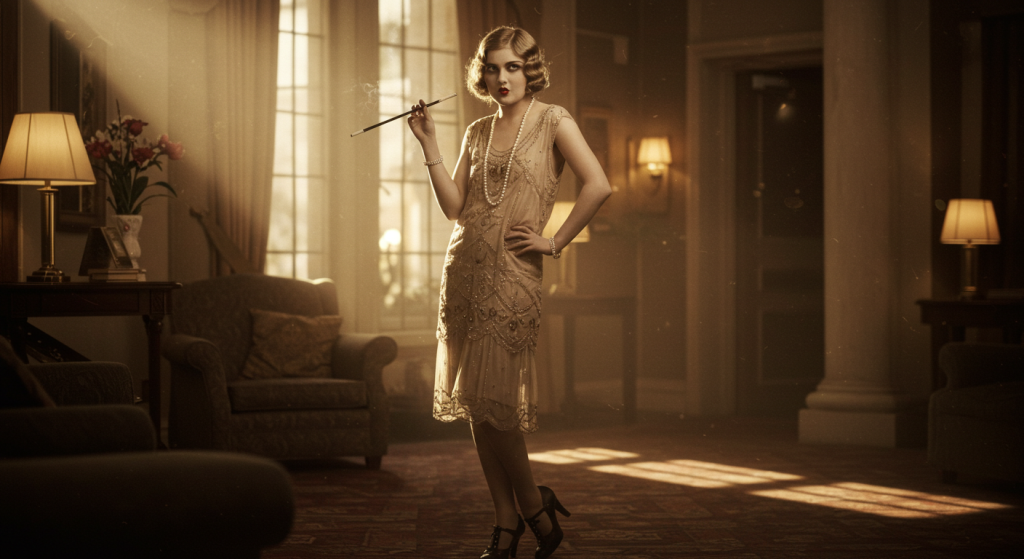
The flapper wasn’t just about a new look; it was a new attitude. She was independent, smoked cigarettes, drank cocktails, danced with abandon to jazz music, and embraced a newfound sexual freedom. Zelda embodied this spirit completely. Her public persona, her reported escapades, and her very essence screamed rebellion against the corseted constraints of the Victorian and Edwardian eras. This liberation was directly mirrored in the clothes she championed.
Deconstructing Zelda’s Iconic 1920s Style
Zelda Fitzgerald’s style was a radical departure from the past, a vibrant tapestry woven with daring silhouettes, luxurious fabrics, and an air of playful extravagance. Her fashion choices were not merely aesthetic; they were declarations of independence and modernity.
- The Revolutionary Bob: Perhaps the most immediate visual signifier of the flapper was the short haircut. Zelda, like many of her contemporaries, embraced the bob in its various forms – from the sharp Eton crop to the softer shingle bob. This was more than a hairstyle; it was a symbolic shearing off of traditional femininity. It was practical for the active lifestyle flappers led, easier to manage, and exuded a boyish charm that was considered utterly modern. Zelda’s often blonde, perfectly coiffed bob became one of her trademarks.
- Dropped Waists and Shorter Hemlines: The silhouette of the 1920s was a straight, almost androgynous line, a dramatic shift from the cinched waists and S-bend corsets of previous decades. Zelda favored dresses with dropped waists that sat at the hip, creating a loose, unfettered look. Hemlines rose audaciously, inching up towards the knee – a scandalous length for the time. These designs allowed for unprecedented freedom of movement, essential for dancing the Charleston and other popular dances of the Jazz Age.
- Luxurious Fabrics and Dazzling Embellishments: While the silhouette was simple, the fabrics and decorations were anything but. Zelda’s wardrobe shimmered with silk, chiffon, velvet, and lame. Dresses were often lavishly adorned with beads, sequins, crystals, fringe, and feathers. These embellishments caught the light spectacularly, especially in the dimly lit speakeasies and jazz clubs, and the fringe and feathers would sway and shimmy with every movement, accentuating the dynamism of the flapper. Art Deco motifs, with their geometric shapes and bold lines, frequently appeared in these designs.
- Essential Accessories: No flapper look, especially Zelda’s, was complete without the right accessories.
- Cloche Hats: These close-fitting, bell-shaped hats were ubiquitous, often pulled down low over the eyes, adding an air of mystery and chic.
- Long Pearl Necklaces: Sautoirs, or long strands of pearls (often faux, making them accessible), were draped around the neck, frequently knotted at the chest or allowed to swing freely down the back.
- Headbands and Headdresses: Jeweled or feathered headbands (bandeaus) adorned bobbed hair, adding another layer of glamour, especially for evening wear.
- Statement Jewelry: Art Deco inspired earrings, bracelets, and brooches completed the ensemble.
- Mary Jane or T-strap Shoes: These were the preferred footwear, often with a modest heel, practical for dancing.
- The Modern Face: Makeup became bolder and more accepted. Zelda, like other flappers, would have embraced the heavily kohl-lined eyes, defined brows, a “cupid’s bow” lip painted in a deep red or plum, and a dusting of powder.
A Lifestyle Translated into Fashion
Zelda’s influence wasn’t just about the individual items she wore; it was about the entire package – the attitude, the lifestyle, and the way she inhabited her clothes. She and Scott were the “it” couple of the Jazz Age, their exploits chronicled in magazines and newspapers. Her fashion choices were thus highly visible and widely emulated. She was living art, a walking embodiment of the era’s exhilarating, and sometimes reckless, pursuit of modernity and pleasure.
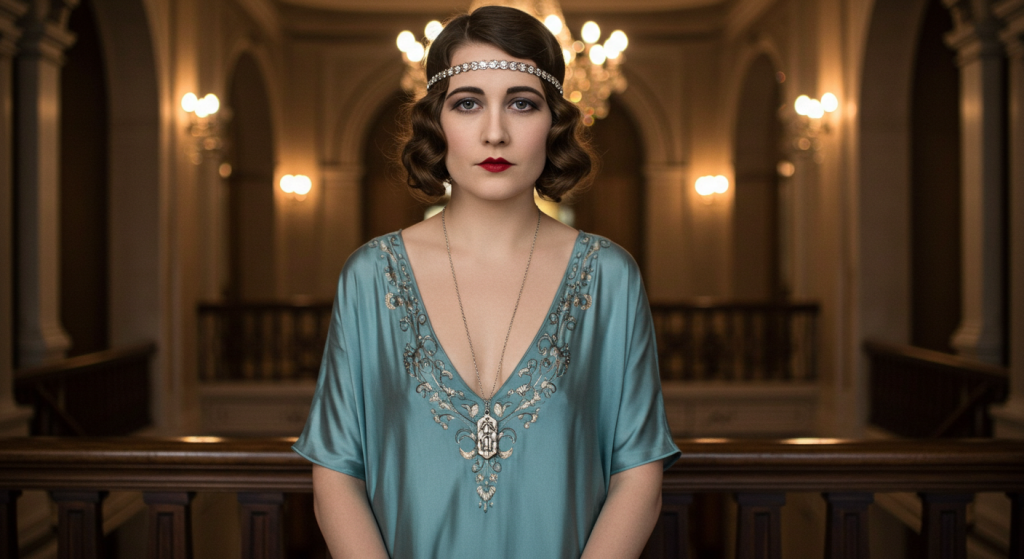
Her clothing choices were an extension of her vivacious, artistic, and often defiant personality. She wasn’t afraid to be bold, to experiment, and to use fashion as a means of self-expression. This resonated deeply with a generation of women eager to break free from societal constraints.
The Tragic Beauty and Its Influence on Mystique
It’s impossible to discuss Zelda without acknowledging the tragic trajectory of her later life, marked by mental illness and her struggles to find her own artistic voice in the shadow of her famous husband. While her most vibrant, style-defining years were in the early to mid-1920s, the romanticized tragedy of her life has, in some ways, added to the enduring mystique of her persona and, by extension, the era she epitomized. Her story, with its dazzling highs and devastating lows, captures the intensity and inherent fragility of the Jazz Age itself.
Zelda’s Enduring Imprint on Vintage and Modern Fashion
The flapper style, so perfectly personified by Zelda Fitzgerald, remains one of the most recognizable and beloved vintage aesthetics. Its influence is undeniable:
- Themed Events and Costume: The “Gatsby party” or “1920s flapper” remains a perennially popular theme for parties and events, with enthusiasts seeking to replicate the beaded dresses, feathered headbands, and bobbed hairstyles.
- High Fashion Revivals: Designers consistently revisit the 1920s for inspiration. Dropped waists, intricate beading, Art Deco patterns, and feathery embellishments frequently appear on modern runways, reinterpreted for a contemporary audience. Brands like Gucci, Ralph Lauren, and Marchesa have notably channeled Jazz Age glamour.
- Bridal Wear: The elegance and romance of 1920s silhouettes, particularly the embellished, column-style gowns, are a popular choice for vintage-inspired wedding dresses.
- Vintage Collectors and Enthusiasts: Original 1920s garments are highly prized, and Zelda remains a key reference point for understanding the quintessential flapper look. Reproductions and vintage-inspired pieces allow a wider audience to embrace the style.
When we picture the 1920s woman, it is often Zelda – or an image strongly influenced by her – that springs to mind. She set the template for flapper chic, a look that was simultaneously rebellious, glamorous, and liberating.
Carrying the Dust of Time
Zelda Fitzgerald was more than just a fashionable woman; she was a fashion force. She didn’t just follow trends; she embodied and propelled them, becoming the living, breathing articulation of the Jazz Age’s spirit. Her bold choices, from her bobbed hair to her daring hemlines and shimmering frocks, broke with tradition and paved the way for a new era of feminine expression. The “dust of time” she carried was not just from her own tumultuous life but from an entire decade that roared with change. Today, her influence persists, ensuring that the style she pioneered continues to inspire and captivate, a timeless echo of a truly transformative period in fashion history. Zelda Fitzgerald remains the ultimate flapper, her style an eternal beacon of 1920s glamour.
